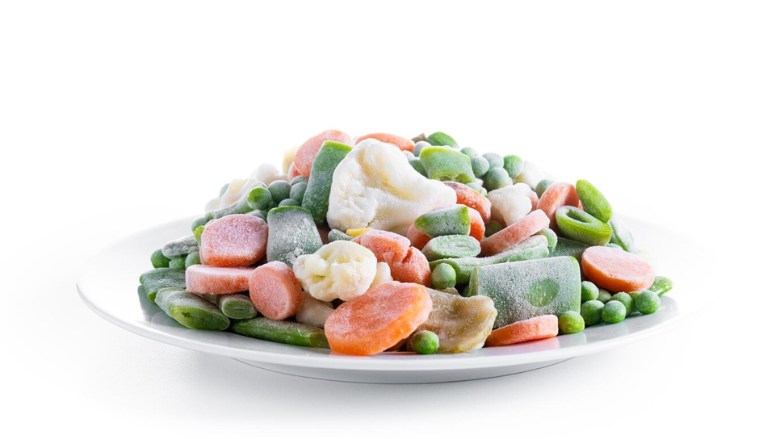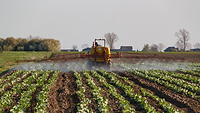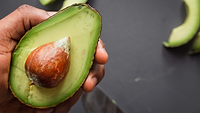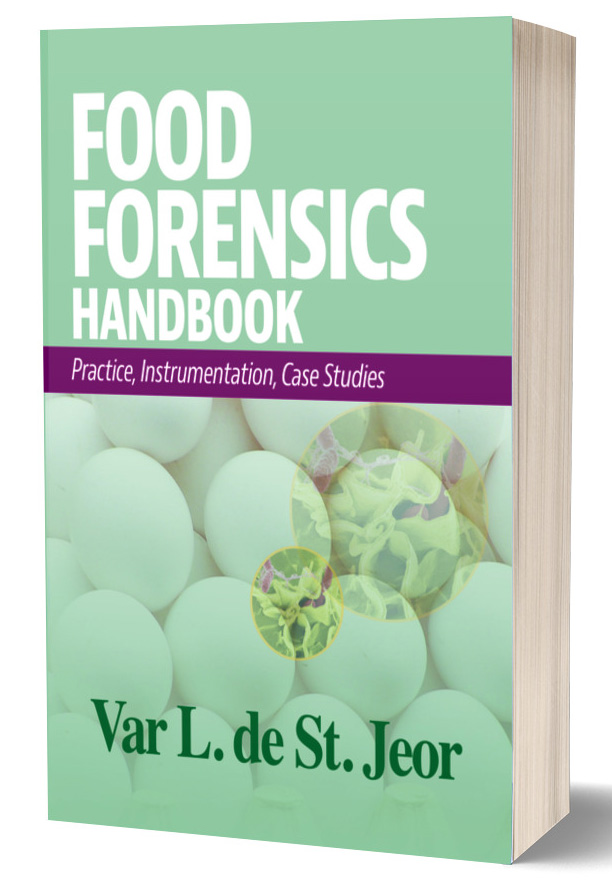Survey Says Nine Percent of Consumers Do Not Cook Frozen Vegetables Before Eating

Image credit: chandlervid85 via Freepik
According to a recent consumer survey, nine percent of respondents reported eating prepackaged frozen vegetables raw, raising concern for foodborne illness and underlining the importance of preventive controls in frozen vegetable production. Additionally, 40 percent of respondents reported preparing frozen vegetables without following cooking instructions.
The study, published in the Journal of Food Protection, was conducted by researchers from the U.S. Centers for Disease Control and Prevention (CDC) and the Oak Ridge Institute for Science and Education.
According to estimates from the U.S. Interagency Food Safety Analytics Collaboration (IFSAC), vegetables are a significant source of foodborne illnesses; in 2020, 28.4 percent of Salmonella infections, 63.4 percent of E. coli O157 infections, and 29.3 percent of Listeria monocytogenes infections were attributed to seeded vegetables, sprouts, vegetable row crops, and other produce. Moreover, in 2016, a listeriosis outbreak was linked to frozen vegetables for the first time in the U.S., resulting in nine hospitalizations and three deaths.
Observations from outbreak investigations and previous studies have demonstrated that fresh and frozen raw vegetables can be contaminated with foodborne pathogens. Since freezing does not kill bacteria, it is important to follow cooking instructions for frozen vegetables to prevent foodborne illness. However, the literature around consumer practices and risk perception regarding frozen vegetable preparation is sparse. To fill this knowledge gap, the researchers collected survey responses from more than 3,500 people.
Of the 3,521 people who provided a response about their preparation of prepackaged frozen vegetables, 8.7 percent reported preparing or consuming them raw, 5.6 percent reported adding them directly to a blender to make smoothies or juices, 2.7 percent reported eating them raw-frozen, and 1.9 percent reported eating them thawed but uncooked. Additionally, 40.6 percent of respondents did not report following cooking instructions on the package.
Approximately one-third of respondents (34.1 percent) agreed with the statement “prepackaged frozen vegetables can be contaminated with germs (like Salmonella, E. coli, and Listeria) that can make people sick,” and only two-thirds (63.5 percent) of respondents agreed with the statement “prepackaged frozen vegetables need to be fully cooked before consuming them.” Interestingly, whether or not respondents agreed that frozen vegetables could be contaminated with “germs” was not associated with whether they only cook or ever consume them raw. However, agreement that prepackaged frozen vegetables need to be fully cooked before consuming them was associated with whether they only cook or ever consume them raw.
Based on their findings, the researchers stress the importance of preventive controls and processing steps, such as blanching, to reduce foodborne pathogen contamination of frozen vegetables before they reach the consumer.
Looking for a reprint of this article?
From high-res PDFs to custom plaques, order your copy today!







